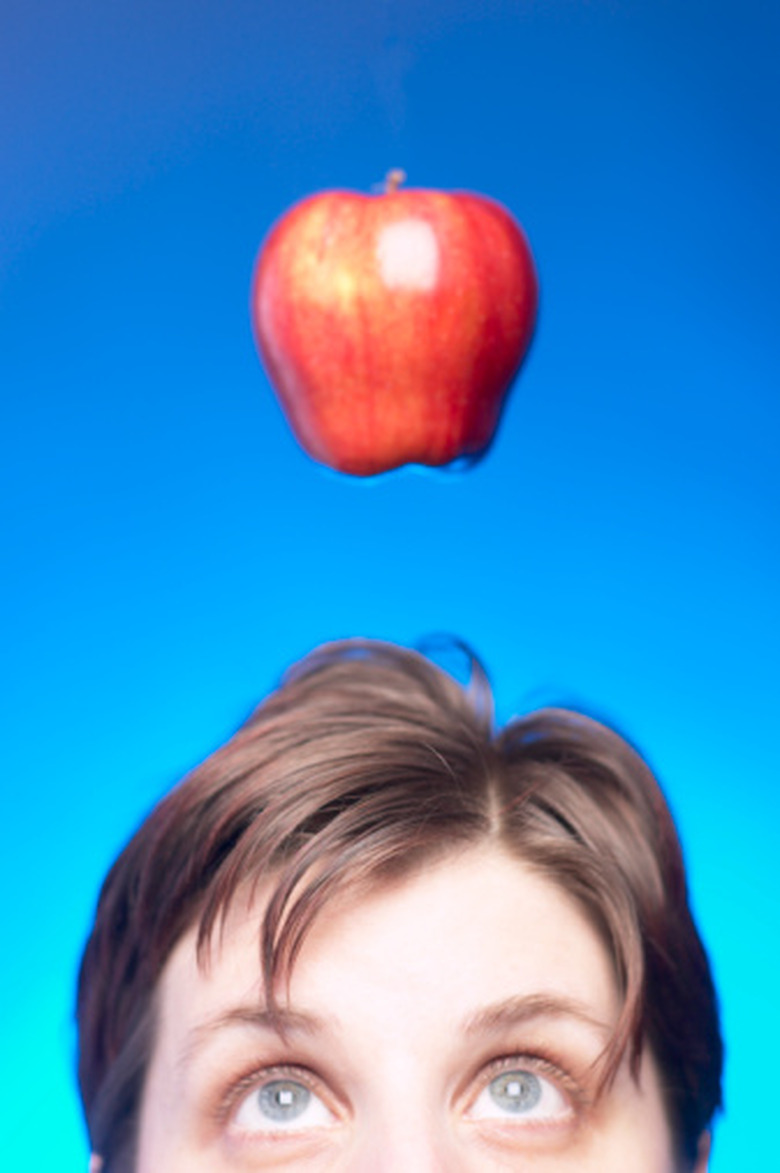Simple Gravity Experiments
Gravity is a fundamental part of nature that keeps our feet planted firmly on the ground. This unseen force is responsible for tides, keeping Earth from careening into the darkness of space, and for causing food to hit the kitchen floor when it slips from your hand. Though invisible, gravity's effects can be observed by performing simple and easy-to-do experiments.
Galileo's Experiment
Galileo's Experiment
Named after the scientist who is popularly believed (though not verified) to have performed this experiment, it involves taking two objects of different sizes and weights and dropping them to see which one hits the ground first. As the Earth's gravity affects objects at the same rate regardless of their weight, without air resistance the objects should hit the ground at the same time. Try this with different objects with varying weights and air resistance and observe its effects.
The Spinning Bucket
The Spinning Bucket
Showing the relation between motion and gravity, for this experiment you need a bucket with water and someone with a strong arm to spin it. In theory, when the bucket turns upside down the water should come spilling out as gravity pulls it downwards. Spinning it fast enough, the water tends to keep going in a straight line, counteracting the pull of gravity and thus wedging it to the end of the bucket, preventing the natural pull of gravity from spilling the water. This is why this effect, called "centrifugal force" is often referred to as artificial gravity.
The Hole in the Cup
The Hole in the Cup
For this experiment you need a paper cup and some water. Poke a hole in the cup and cover it with a finger; fill the cup with water. Take your finger from the hole and notice the water spills out. Though gravity pulls down both objects, only water moves freely (because you're holding the cup); thus, gravity forces the water out. Fill the cup again and drop it to the ground. Now that both objects are free to move, they drop at the same speed so the water isn't forced out of the hole.
Center of Gravity
Center of Gravity
A center of gravity experiment can be done quite easily; all that is required is a pencil or pen and your finger. Try to balance the pen at different positions on your finger until you reach the point where it doesn't fall off. This is the center of gravity of the pen, the point in which its weight averages out and, if it were in a weightless environment, the point at which it can freely rotate. Put on the cap and try to balance it again. As the weight of an object changes, so does its center of gravity.
Cite This Article
MLA
Johnson, Steve. "Simple Gravity Experiments" sciencing.com, https://www.sciencing.com/simple-gravity-experiments-8555558/. 24 April 2017.
APA
Johnson, Steve. (2017, April 24). Simple Gravity Experiments. sciencing.com. Retrieved from https://www.sciencing.com/simple-gravity-experiments-8555558/
Chicago
Johnson, Steve. Simple Gravity Experiments last modified March 24, 2022. https://www.sciencing.com/simple-gravity-experiments-8555558/
